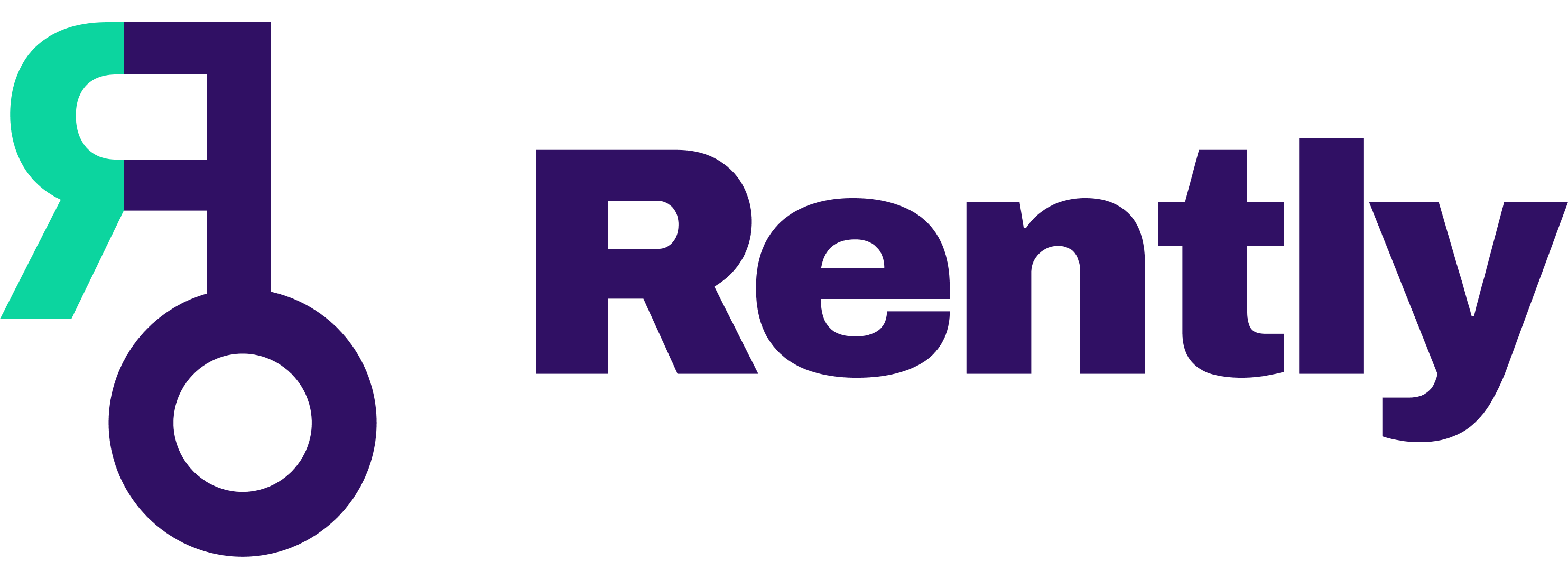We don’t come into this game just for the giggles; we’re betting it all to generate wealth — to create a legacy for our children. And at its core, to create a future for ourselves. There’s a reason why, no matter the industry or the tax bracket, all savvy individuals eventually gravitate toward real estate investment, regardless of how much they have in the bank. The reason is that when you buy property, you’re jumping into a confluence of factors, a perfect storm if you will, that is guaranteed to generate wealth. It is built on four pillars: appreciation, cash flow, tax benefits, and leverage. Whether you’re investing in Argentina, the US, the UK, Egypt, or Singapore, that algorithmic certainty prevails — if you’re smart, make good decisions, and harness the power of your asset, your property, you will get a passive income stream.
For the sake of this article, we’re going to focus on just one of those pillars: cash flow. So prepare to unlock smarter property investment decisions in Singapore with a deep dive into rental yield. This guide helps you identify high-performing properties by revealing potential returns on investment. Learn how to calculate it, understand its significance, and discover strategies to maximize your rental yield for a flourishing property portfolio.
What Is Rental Yield?
In the world of real estate investment, one metric reigns supreme for gauging profitability: rental yield. It's a straightforward concept, expressed as a percentage, that translates the annual rental income you earn from a property into a clear picture of its return on investment compared to the purchase price. Understanding how to calculate and interpret rental yield is vital for making informed decisions and maximizing your returns on that dream property.
A Simple Formula with a Lot of Caveats
Rental yield is a critical metric for evaluating potential returns on rental properties. It expresses the annual rental income generated as a percentage of the property's purchase price. Let’s say you bought a property for X amount of cash — it’s important to know when that property will be paid off with what you make from it, with the rent. A higher yield translates to a more profitable investment. By analyzing rental yield, investors can make informed decisions about property selection and estimate their long-term returns on investment - ROI.
It’s also critical to note that the value of an asset, a property in this case, isn’t limited to the rental yield. There is more at play when it comes to analyzing the investment. There’s forced and natural appreciation, there's a property's leverage position, there’s the concept of debt and good debt, and then there’s the concept of tax write-offs. Nevertheless, one of the biggest pressures when it comes to rental real estate is its yield.
How Is Rental Yield Calculated?
Rental yield is a metric that helps real estate investors understand the profitability of a potential investment property. It expresses the annual rental income generated by a property as a percentage of its total purchase price. It's calculated by dividing the annual rental income by the property purchase price and then multiplying by 100% to express it as a percentage.
Types of Rental Yield
Gross Rental Yield
It focuses solely on the income side, taking the annual rental income and dividing it by the property's purchase price, and then multiplying by 100% for a percentage. While it is a quick way to compare potential returns between properties, it doesn't account for the reality of ongoing costs.
Net Rental Yield
It takes the gross rental yield and subtracts all the property's annual expenses. This gives you a clearer understanding of the actual return on your investment after accounting for the ongoing costs of owning and managing the rental property.
Factors That Influence Rental Yield
Location
Prime locations near amenities typically command higher rents, leading to potentially better yields.
Property Type
Certain property types in high-demand areas may attract more renters and potentially higher rents compared to larger houses in less desirable locations.
Market Conditions
A strong rental market with high demand and limited supply could lead to higher yields, while an oversupply of rental properties might put downward pressure on rents and yields.
Property Features
Properties with desirable features may attract tenants willing to pay higher rents, boosting your potential yield.
Management Costs
Expenses associated with managing the property, including property taxes, maintenance costs, insurance, and vacancy periods, all eat into your profits. Lower management costs can contribute to a higher net rental yield.
Rental Yield in Singapore
Understanding rental yield is crucial for navigating Singapore's real estate market and making informed investment decisions.
The Singapore property market is known for its stability and relatively high capital appreciation. However, rental yields tend to be on the lower side compared to other major cities. This is partly due to the high property purchase prices and government regulations that can influence rental income.
Average Yields and Regional Variations and What Affects Them
As of Q1 2024, the average gross rental yield in Singapore sits at around 4.63%. However, this figure varies significantly across regions.
Central Areas: Districts like Tanglin and Orchard tend to have higher yields due to their prime location and high rental demand.
Suburban Areas: Yields may be lower in areas like Punggol or Sengkang, but these locations can offer better affordability for tenants.
Factors Impacting These Variations Include:
Demand and Supply: Areas with high demand for rentals will see higher rental prices and potentially better yields.
Property Type: Smaller units generally have higher yields compared to larger houses.
Age and Condition: Newer properties with modern amenities can command higher rents.
Government Policies and Economic Factors
Government policies significantly impact rental yields. Measures like Additional Buyer's Stamp Duty (ABSD) for foreign investors or restrictions on renting out HDB flats can affect overall supply and demand, influencing rental prices and yields. Also, lower interest rates can make property purchases more attractive for investors, potentially driving up property prices and impacting yields.
Calculating Rental Yield
Rental yield is a crucial metric for Singaporean property investors. Here’s a breakdown of how to calculate both gross and net yields:
Gather Information: You'll need the property's annual rental income and purchase price.
Calculate Annual Rent: If your rent is listed monthly, multiply it by 12 to get the annual figure.
Divide and Multiply: Divide the annual rental income by the property purchase price.
Express as Percentage: Multiply the result from step 3 by 100% to get your gross rental yield as a percentage.
Calculating the Net Rental Yield
Identify Expenses: List all annual expenses associated with the property.
Net Income Calculation: Subtract the total expenses from the annual rental income (from gross yield calculation).
Net Yield Formula: Divide the net income by the property purchase price and multiply by 100% to express it as a percentage.
Resources for Calculating Rental Yield
Online Calculators: Several websites offer free rental yield calculators. These can simplify the process and may even factor in Singapore-specific considerations like property tax rates.
Property Agents: Experienced property agents can provide insights into average rental rates and expenses for specific locations and property types in Singapore.
Government Websites: The websites of relevant government agencies like IRAS (Inland Revenue Authority of Singapore) can provide details on property tax rates.
High Rental Yield Properties
Here’s what to look for:
Characteristics of High Yield Properties
Location: Look for areas near amenities like good schools, public transport, or business districts.
Property Type: Compact apartments or studios in high-demand areas tend to see better yields compared to larger houses in less popular locations.
Size and Layout: Functional and efficient layouts that maximize space utilization can attract renters willing to pay a premium, especially in smaller units.
Condition and Amenities: Properties in good condition with desirable features like balconies, parking spaces, or in-unit laundry facilities can command higher rents.
Identifying Potential High Yield Investments
Research Rental Rates: Analyze rental listings and market trends to understand average rental income for similar properties in your target area.
Consider Vacancy Rates: Areas with low vacancy rates indicate high rental demand, potentially leading to higher yields and easier tenant placement.
Calculate Potential Yields: Use the estimated rental income and property price to calculate both gross and net rental yields for potential investment properties.
Look for Value Properties: Properties priced below market value in high-demand areas can offer higher potential yields, but be cautious of underlying reasons for a lower price.
Coming to Terms with All Factors
It’s important to understand all these factors — some will increase your financial velocity and others will help you understand your cash flow reserves for surviving market fluctuations or periods of uncertainty and avoiding a forced sale.
Rental yield isn't just a number; it is the rock on which most of your decisions will be built. By understanding how to calculate yield on rental property, you can assess potential returns, compare properties, and make informed decisions. Use this knowledge to craft a winning strategy. Target high-demand areas with the right property type, prioritize affordability for tenants, and keep your property in top shape. Remember, the market is dynamic. Stay abreast of trends, leverage expert advice, and continuously educate yourself. By wielding the power of rental yield and staying informed, you'll be well-positioned to navigate the Singapore property market and unlock its full potential.














